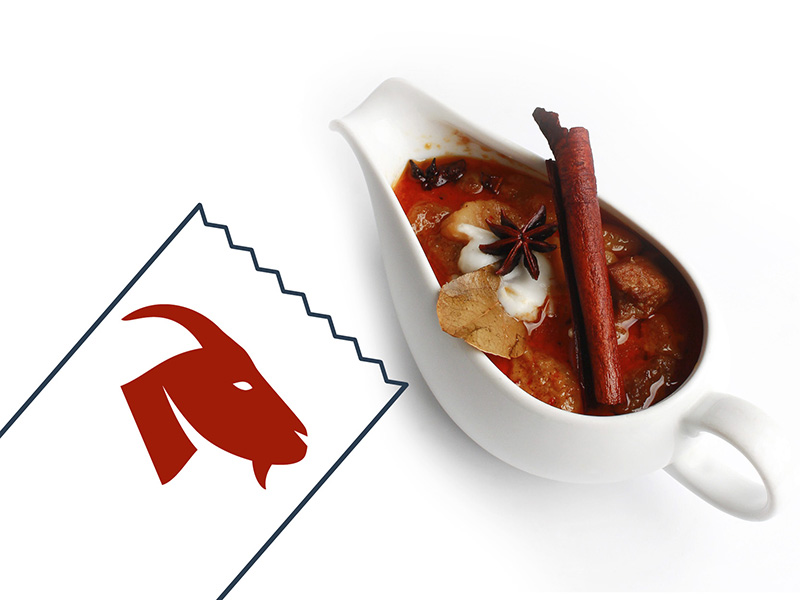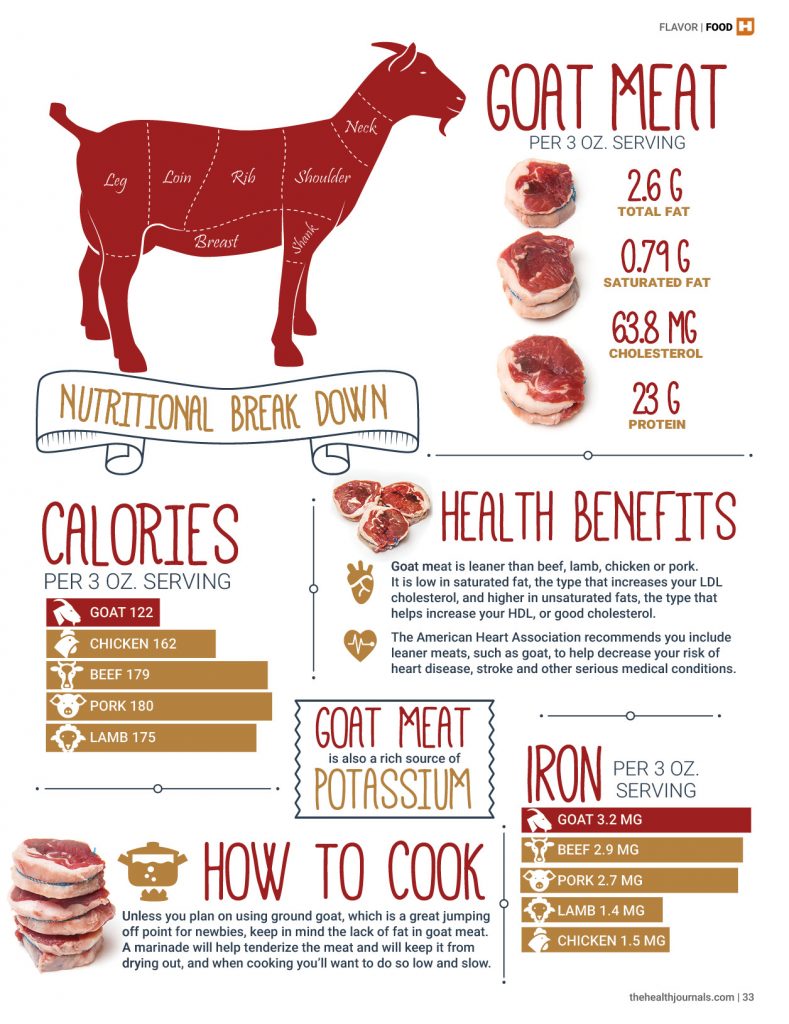Eager to escape the winter last February, I was lucky enough to spend some time in Jolly Harbor, Antigua. Located in the West Indies than 600 miles off the coast of Venezuela, the island is just a little over 100 square miles.
As a first-time visitor I was eager to indulge in the local flavor. But staying in a tourist spot made this a bit of a challenge—all the menus were Americanized—littered with burgers, fries and pasta. The following afternoon, I strayed off the resort, past the sign advertising “Karaoke Tonight, Sing Your Favorite Hits” and I found myself at Joseph ordering none other than stewed goat—an island delicacy. Its smell was delicious. And it resembled stewed beef. It was served with rice and black beans, a vegetable medley that included pumpkin−very popular on the island−taro and a piece of lasagna−also very popular on the island of all things! The whole dish was comforting to me. I could picture little kids being spoon fed by their grandmothers. And the goat meat? Tender and fall-off-the-bone. It tasted like a lean cut of beef and I wouldn’t have known any differently if I hadn’t ordered it. The only giveaway was the small bones. Licking the sauce off my lips and carefully blotting the slight spatter on my white top, I kept thinking to myself “Why aren’t we eating this back home?”
According to Wally Hudd, owner of Moving Meadows Farm in Culpeper, Virginia, supply is somewhat limited. But the biggest reason is American tradition, “It’s never been on our ancestral menu.” Hudd began raising goats for meat several years ago when a friend gave him two does, which are female goats, because of the acreage his farm boasts. After a while, Hudd thought it would be fun to have more, so he rented a buck, a male goat, and now they have 53.
Hudd explains that there are many goat species. Some which are good for meat and some for milk. Hudd raises a breed called “kiko” which originated in New Zealand. The New Zealanders developed the breed by crossing a domestic breed with feral goats. This resulted in an extremely hardy variety. Hardiness allows Hudd to manage the goats in a more natural way.
Our goat herd is outside 24 hours a day, 7 days a week, 365 days a year. We do not need to provide shelter,” says Hudd.
The genetic strength of this particular breed falls in line with the mob grazing that Hudd practices, enabling his to avoid parasites without using chemical wormers—something that can’t be done with other breeds.
Hudd has been receiving a pretty good response from his customers. “We have one restaurant that absolutely loves it. The executive chef makes spring rolls from it.” He also says that most of his goat customers are glad to find it in his storefront since it is still a rare meat. “They consider it a trendy alternative to beef.”
Since the 1990s, the importation and production of goat meat has been on the rise. Much of this can be attributed to the rise of immigration, as goat meat is most popular in Middle Eastern, Southeast Asian and Caribbean cuisines. Australia is still the primary exporter of goat meat into the United States. However, with more organizations like the American Meat Goat Association being instrumental in promoting the meat, there continues to be more domestic support.
Another interesting factor that is contributing to the expansion of the goat meat industry within the Southeast is financial settlements resulting from class action lawsuits against the U.S. tobacco industry. These settlements were used to pursue alternative agriculture affecting tobacco-producing states, which includes Virginia. Keep in mind that goat production, just as Hudd points out, is a sustainable livestock production. In addition, any farmer will tell you that they make great lawnmowers.
While more people are exploring this alternative meat, the industry is still in its developmental stages, not to mention building awareness and spreading the knowledge about it. What may scare consumers the most is the limited information available about the standardization of the production process. Farmers like Hudd are proudly transparent about how their goats are raised and slaughtered, but consumers must do their due diligence to reach out to such establishments. Also in its infancy is the standardization of cuts of meat and how they may be used—the product lacks approachability in the broad spectrum. We also can’t usually find goat meat at our local Farm Fresh, Harris Teeter, Food Lion or Fresh Market. But we as consumers can help change all this by creating the demand. But first we have to get over eating Billy Goat Gruff.



